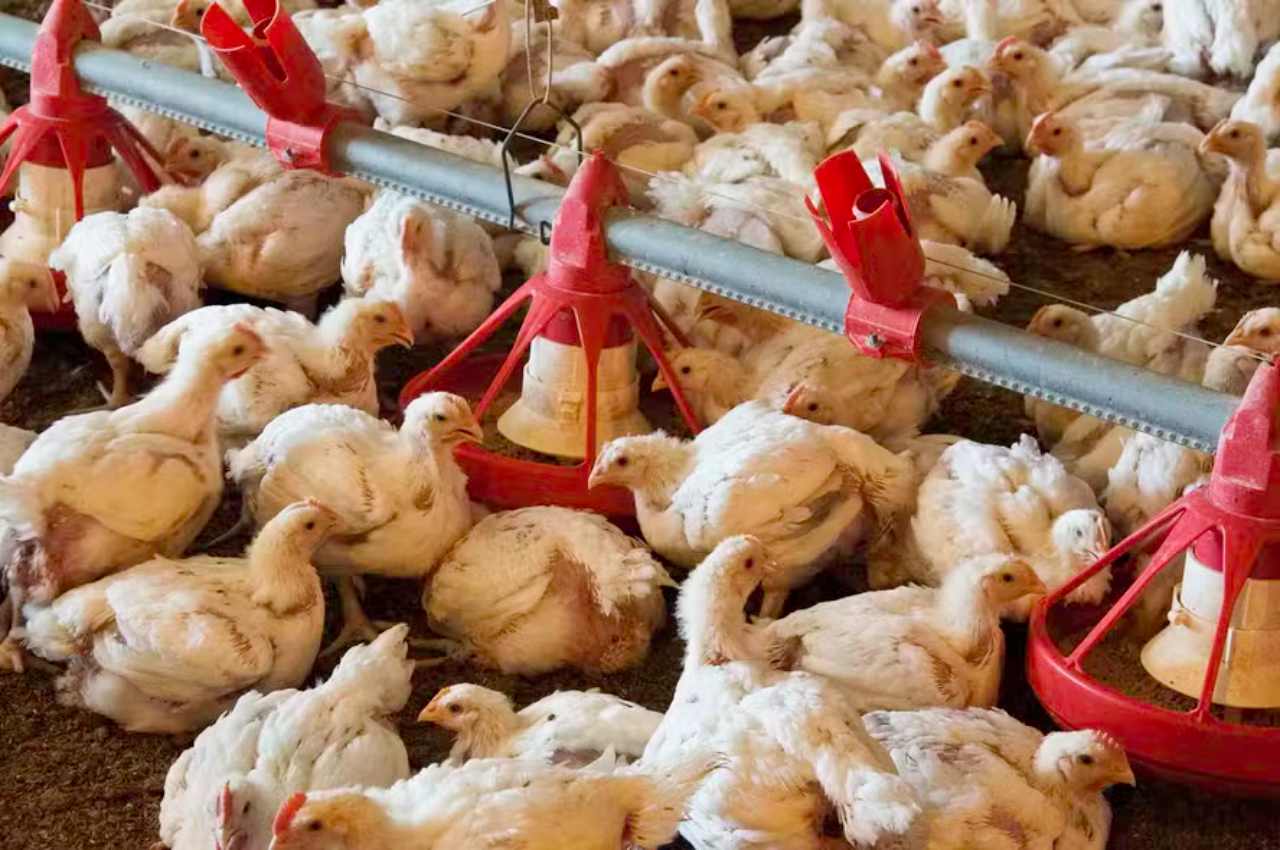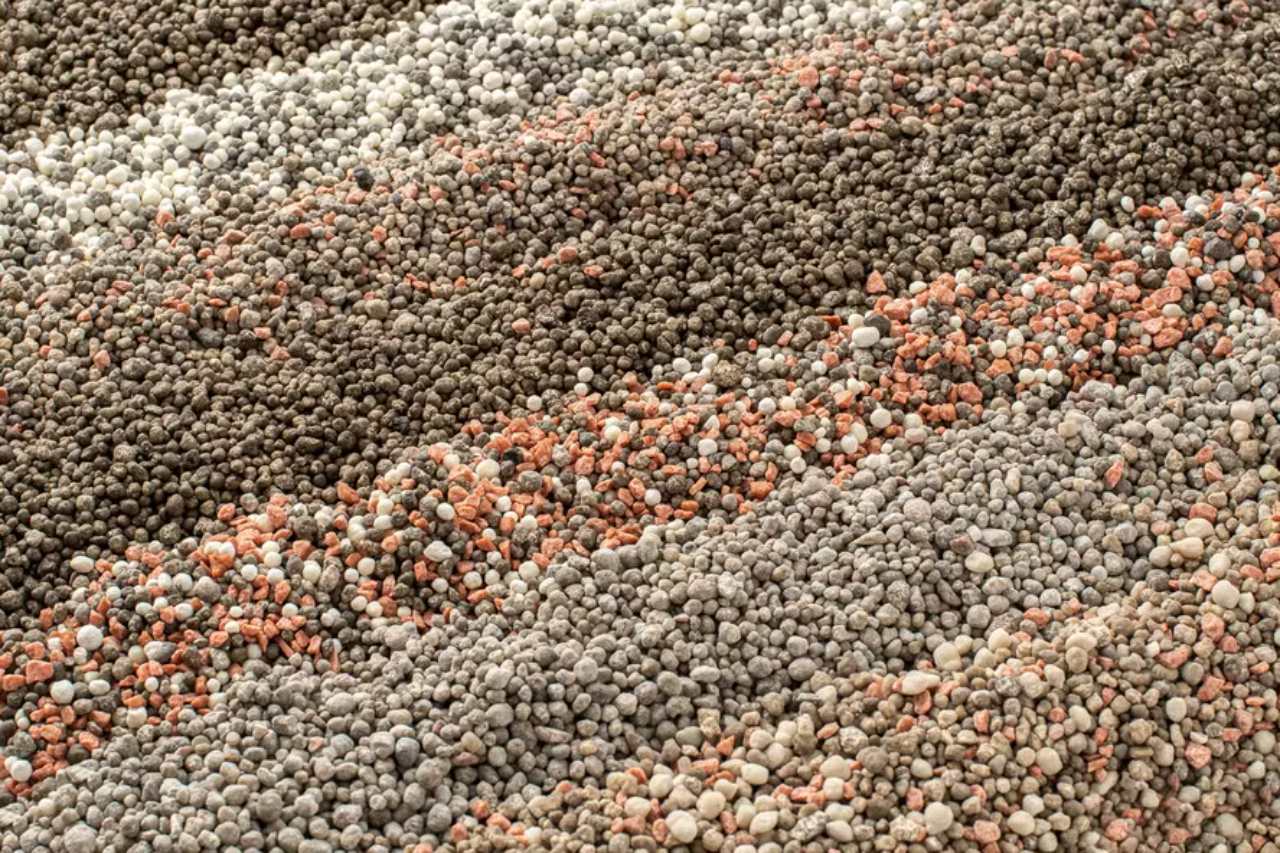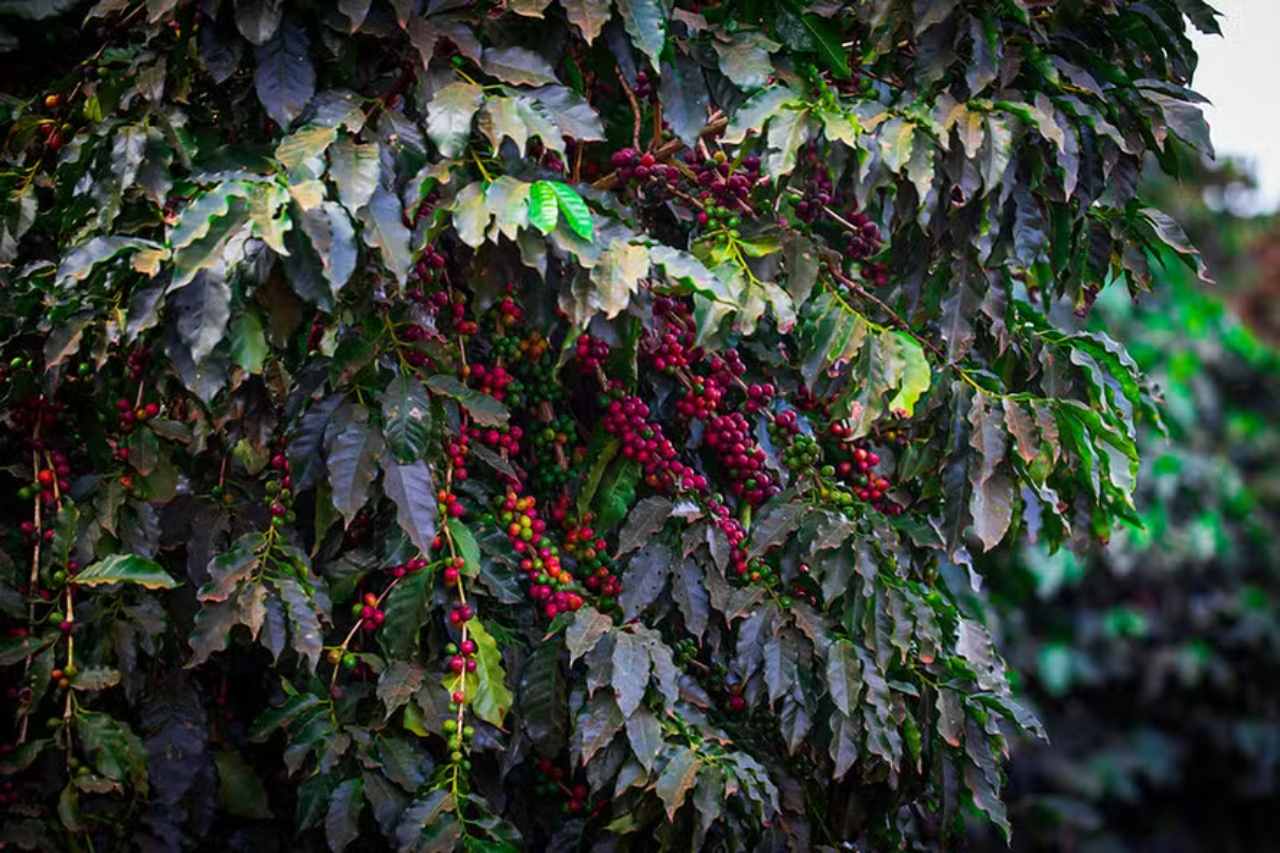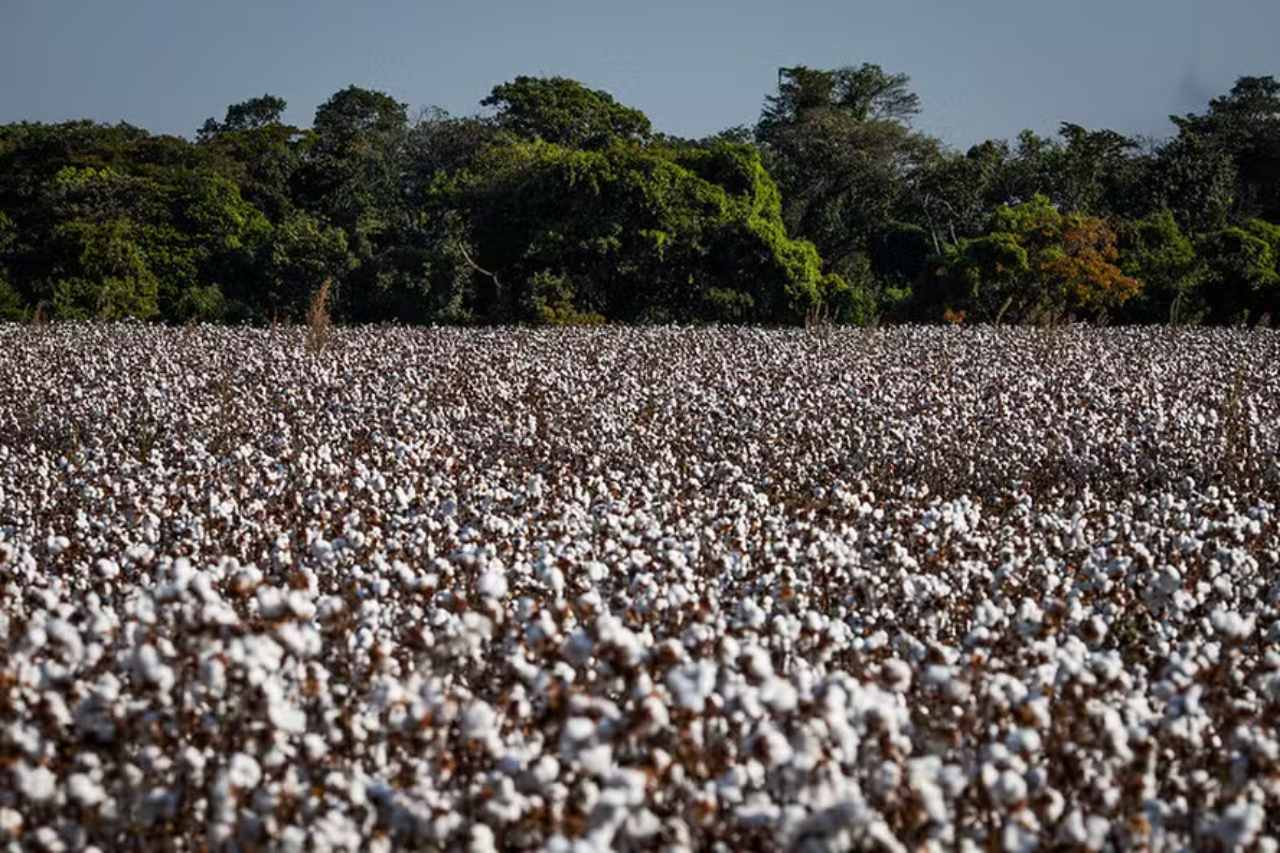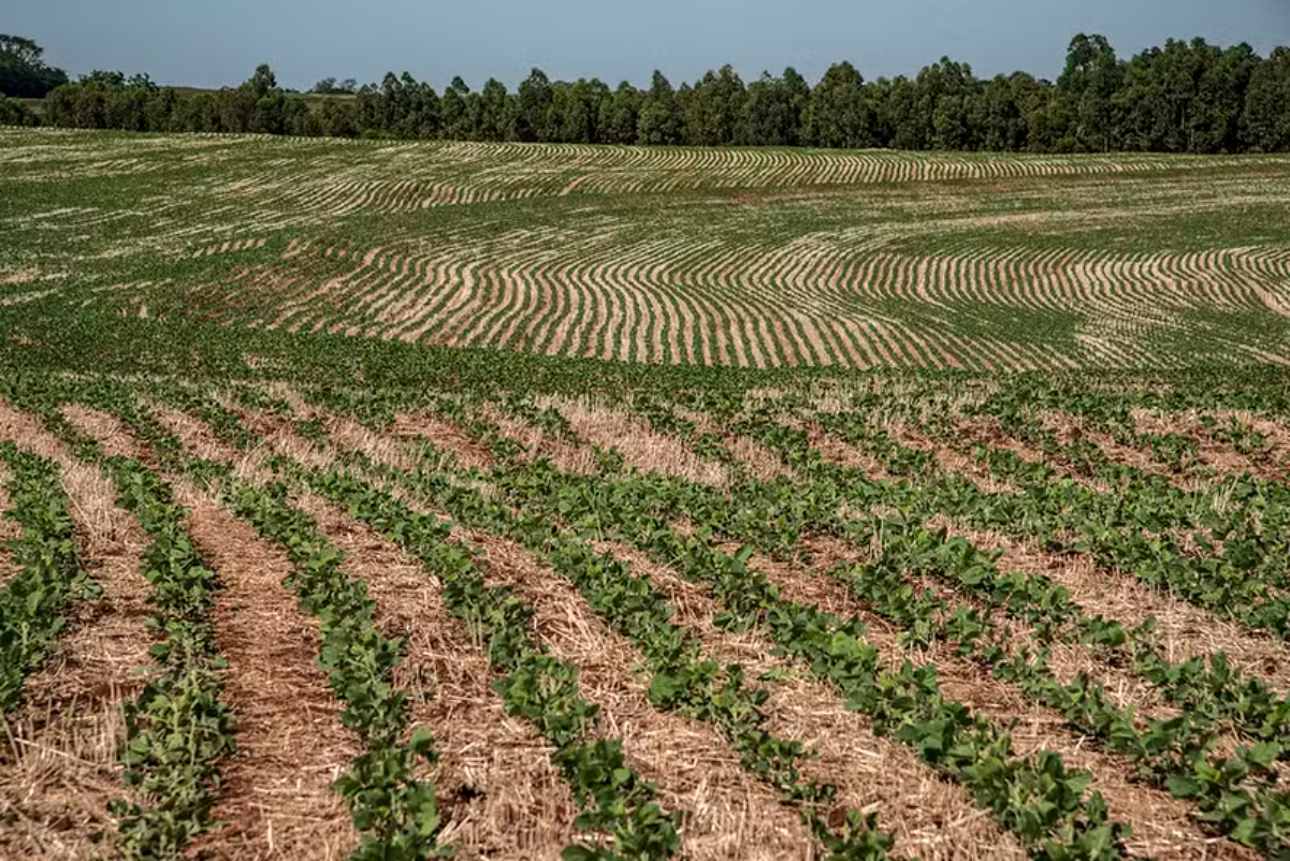Hurricane Impacts on Poultry-Producing Regions Will Be Key for the Industry
Chicken prices in the U.S. rose about 5% in the third quarter of this year compared to the previous quarter, amid lower production costs due to falling grain prices. “Investors have priced in a slight margin improvement for Pilgrim’s Pride in the U.S. during the quarter,” stated Itaú BBA in a report on Tuesday (October 22) regarding JBS-controlled Pilgrim’s Pride.
However, food and beverage analysts Gustavo Troyano and Bruno Tomazetto warned of a 5% weekly drop in chicken prices in the U.S., which has impacted segment performance in October compared to Q3.
Additionally, the effects of recent hurricanes on poultry-producing regions are expected to be significant for the industry. “In our opinion, the anticipation of chicken spreads for the quarter will ultimately depend on the impact of the hurricanes that recently struck the southeastern U.S., resulting in the loss of millions of chickens,” the analysts noted.
In Georgia, the largest chicken production state in the U.S., over 100 farms were damaged by the hurricane, according to local authorities. “As companies in the sector are still assessing the impacts, we expect to gain more clarity on the situation in the coming weeks. However, no material impact is anticipated for Pilgrim’s Pride at this time,” the specialists added.
Beef Industry
In the beef industry, Itaú BBA noted that spreads in the U.S. market increased only 1.6% in Q3 compared to the previous quarter, which is lower than the normal level for this time of year, traditionally marked by barbecue season.
This increase in spreads was primarily driven by a 2% rise in beef prices, while cattle costs increased by 0.4% during the same period.
Despite investor concerns about margin tightening in the U.S. beef industry, Itaú BBA analysts believe Marfrig will continue to leverage its diversified portfolio. “Marfrig’s exposure to BRF may contribute to positive performance in the coming months if adjustments in the poultry cycle are not evident soon.”
Brazil
In the Brazilian market, cattle prices have surged, reaching nearly BRL 300 per arroba, the highest since March 2023. As a result, Itaú estimates that the industry will maintain nearly stable spreads in Q3, a scenario that includes Minerva.
Analysts attribute the rising arroba prices to external demand for beef and dry conditions in Mato Grosso, which have led ranchers to resort to confinement, incurring higher costs than pasture finishing. “In this context, beef spreads contracted 16% QoQ in October, potentially indicating a challenging dynamic as we enter Q4 2024,” they cautioned. “This will be crucial for assessing the performance of the recently acquired assets by Minerva, and we note that uncertainty regarding the timing and margins of these assets is likely affecting investors’ willingness to engage with the company.”
Conversely, structurally, Itaú maintains a favorable outlook for cattle in Brazil through the end of 2025.
For BRF, the bank emphasized that market focus is on the progress of grain planting in Brazil, and with weak La Niña effects in Argentina, global supply is likely to remain ample. “Thus, it is unlikely that commodity prices will react in the short to medium term, potentially benefiting animal protein companies.”

